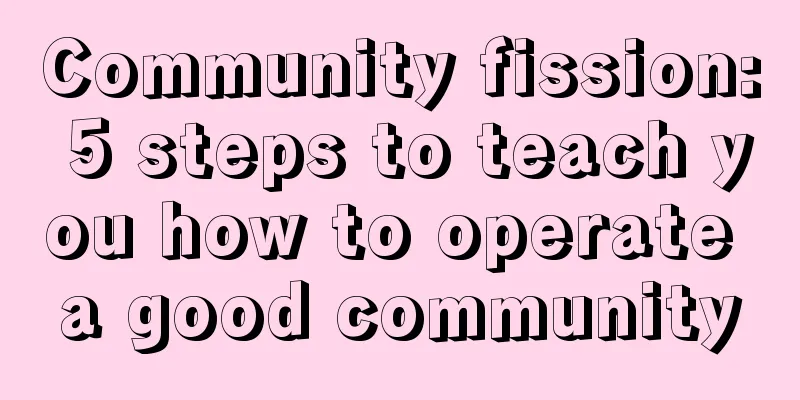Swift theme color top solution

|
1. Conventional theme color usage points Before an application is released, the theme color will be set to unify the style of the application (there may be multiple themes). There are several aspects in setting the theme color, as follows: 1. In the TabBar section, set the image highlight and text height color 2. NavigationBar part, set the navigation bar color and font color 3. Apply labels, etc., set the font color 4. Apply image theme color The setting points of theme color are generally based on the above four aspects. The theme color of the picture can be processed by changing the picture. There are different processing methods for 1-3 items processed by code. The general processing methods are as follows: Step 1: Separation of changes 1. Use Swift extension syntax to extend UIColor and unify the application theme color in the extension (suitable for a single theme color) 2. Write the theme color configuration into a file and parse it with the corresponding logic. This method encapsulates the theme color logic into a theme color management class (suitable for multiple themes) Step 2: Discretely use the class encapsulated in the previous step 1. Use the UIColor method in the extension to set any theme color, including background color, text color, etc. Here is the extension of UIColor
2. TabBar theme color setting Many applications use the TabBar control by default, but the settings of the TabBar theme color and other settings vary depending on the usage. Code creation is more flexible and it is easier to change the theme color. There is also a way to do unified processing when using Xib/Storyboard, as follows, iteratively change the default font color of the TabBar
Set the default selected color of TabBar images and text
3. Once and for all, use the Hook principle to set the NavigationBar color NavigationBar is very commonly used in iOS applications. Its use mainly includes the following two scenarios 1. Code build directly 2. Xib/Storyboard construction If it is built with pure code, it is relatively simple. You can directly use the extension of UIColor to set the color. In actual projects, some interfaces are created through Xib/Storyboard, and some are written in code, but this is not difficult for everyone. Use inheritance. Create a subclass that inherits from UINavigationController, and use this subclass to uniformly set the theme color. Then tell everyone in the project to force the use of UINavigationController subclasses, including Xib/Storyboard, etc. The question is what to do with old projects. This mandatory requirement can work. Is there a better way to let everyone use UINavigationController normally, and set all NavigationBars without anyone knowing? Post the code first, then explain 1. Create an extension of UIViewController
2. Write a tool class for Hook
3. Call in AppDelegate
4. Principle At the program entry, through the runtime mechanism, dynamically replace the UIViewController's periodic method viewDidLoad with the method viewDidLoadForChangeTitleColor that we specify. In viewDidLoadChangeTitleColor, two things need to be done: Call the original viewDidLoad method · Execute code related to modifying theme color How to call the original viewDidLoad method: In AppDelegate, we replace the viewDidLoad and viewDidLoadForChangeTitleColor method bodies by calling the swizzlingMethod method. The principle is as follows: As can be seen from the figure above, when executed in viewDidLoadForChangeTitleColor:
It will not cause a circular call, but instead call the viewDidLoad method body that we expect to execute. 3. Xib/Storyboard processing How to deal with some theme colors set in Xib/Storyboard, such as text color, button highlight color, etc. Take UILabel as an example and create an extension
Edit in the Xib/Storyboard inspector, as shown below: IV. Conclusion 1. When there is only one theme, the above method can be copied and used directly. When changing the theme, you only need to change the corresponding picture and modify the extension class of UIColor. 2. When there are multiple themes and users can switch themes freely, they can hijack viewWillAppear according to the Hook mechanism in the article, and they can also easily change the theme. Link to this article: http://www.cocoachina.com/swift/20141127/10336.html |
>>: A 50s geek's adventurous life with radio
Recommend
WeChat Mini Programs, what kind of social ambitions does Zhang Xiaolong have?
A photo Zhang Xiaolong posted on his Moments yest...
How to write an information flow advertising creative with a CTR of 8%?
To be honest, as a veteran in the marketing indus...
Zhang Defen's spiritual growth course seven forces to shape your inner goddess
Zhang Defen's spiritual growth course seven f...
Annual review | 3 key words for brand marketing in 2019
Introduction: Frequent collaborations, frequent h...
The latest news on Shanghai’s lifting of lockdown in 2022: Strive to achieve zero social contact by mid-month! Can the lockdown be lifted in June?
Through the efforts of all parties, the number of...
Google launches new Qaya service: Help creators easily build online stores
The new project, Qaya, co-founded by Nathaniel Na...
Weird Java question: Why does 128 == 128 return False, but 127 == 127 returns True?
This is the topic we are going to discuss today b...
How does the game audio and video SDK solve the problem of echo cancellation?
Social networks have come a long way. First, text...
Let’s talk about the rise and fall of Skype
Skype, the voice, video and instant messaging app...
Northern Guangdong People's Hospital: O2O closed-loop service for the entire medical process [WeChat Enterprise Account Case]
Establish connections between patients and doctor...
What are the functions of the Guangzhou office leasing mini program? How much does it cost to develop a rental app?
Nowadays, many companies choose to rent an office...
3,000-word guide to Tik Tok operations!
With 400 million daily active users, Douyin has a...
Xiaomi’s marketing operation is poisonous!
When it comes to the advertisements that are most...
TopNews is a high imitation of the "Today's Headlines" client
Source code introduction: TopNews is a high imita...
Do these three things well and it will be easy for users to forward your articles!
Why would an article go viral? The most important...









